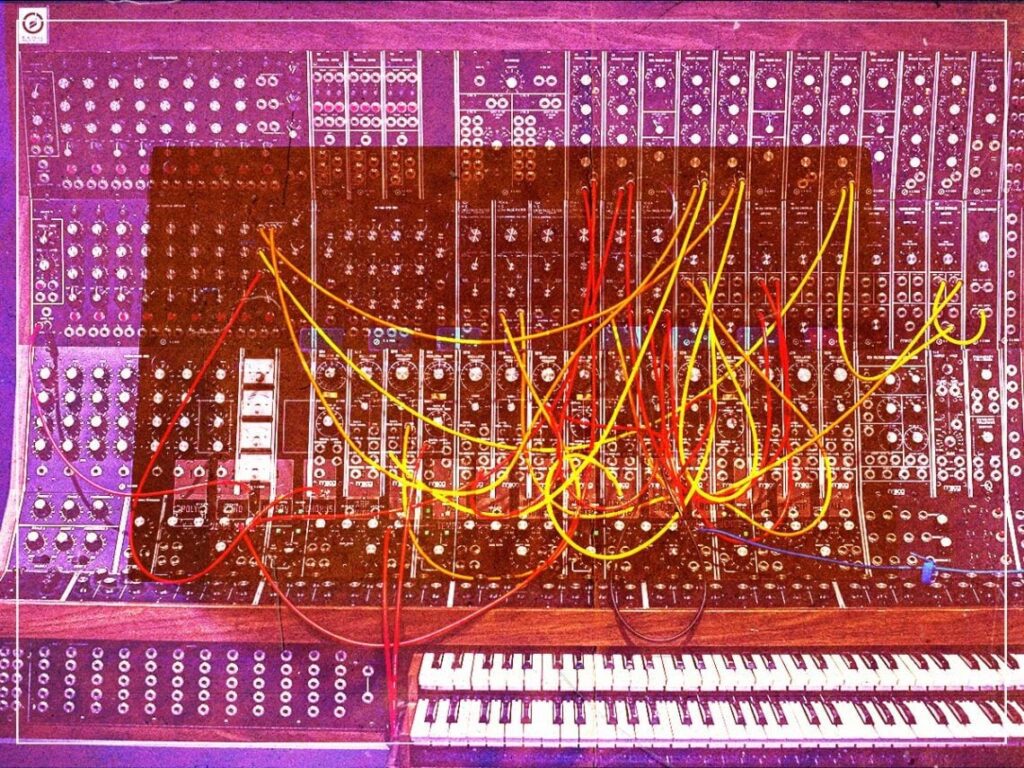Is ‘Switched-On Bach’ by Wendy Carlos the antithesis of the romantic composer?
 Posted On
Posted On
(Credits: Far Out / Ryunosuke Kikuno)
The synth is an incredibly important part of music. It can be used in a variety of genres and can access different kinds of tones. Whether a musician wants their sound to be aggressive, sweet-sounding, or romantic, the synth can take them there. However, it wasn’t always like that. At first, the synth was an emotionless tool and was widely rejected by the musical world. Wendy Carlos was a key component in ensuring the instrument was both accepted and developed.
In 1968, Carlos released the album Switched-On Bach. The record was a compilation of compositions by the romantic composer Bach but played on a synth. It showed just how much potential there was in the instrument. Carlos’s ability to bring such complex pieces to life using one instrument opened the door to innovative musical minds who were keen on exploring the synth further and seeing what it could offer.
Without Carlos and Switched-On Bach, many people who became synonymous with the instrument, both in playing it and making it, might never have shown an interest in it. Long story short, the modern musical industry might look different today had it not been for what is both an underrated and definitive album.
That being said, it is worth highlighting the interesting contradictions in the album Switched-On Bach and the music that inspired it. Carlos was never shy about sharing her thoughts on the synth, and one of her main issues with using such an early model was that it was very hard to explore different emotions using it.
“Bob Moog helped me come up with the tools. At that time, it was kind of a seller’s market. There weren’t a lot of electronic instruments that were around, and so, with no disrespect to Bob… I found that the instrument I used was merely the best one that I could find at that time,” said Carlos when talking about using the synth.
“It was such a limited device,” she continued. “It wasn’t much of a musical instrument. It was very lacking in any form of expression, and the proof of this is that there were very few people who used the instrument who did anything interesting with it. The reason being, it was damn hard to do.”
It is interesting that Bach’s music was made on an instrument that struggled to convey emotion, given that Bach was a champion of romanticism. This artistic movement saw composers leave craftsmanship at the door and usher emotion into their work. It became less about who was the technical best and more about who could convey feeling the most efficiently.
Bach’s views on emotion in music were laid out in his Essay on the True Art of Playing Keyboard Instruments (1753, 1762), when he wrote, “A musician cannot move others unless he too is moved… In languishing, sad passages, the performer must languish and grow sad… Similarly, in lively, joyous passages, the executant must again put himself into the appropriate mood.”
In that sense, Switched-On Bach couldn’t be further removed from the original composer’s way of thinking, and yet the album’s aftermath has led to a whole new era of romanticism in music. What Carlos achieved with her album led to artists today being able to express themselves in completely different ways that didn’t exist previously. Yet, to get to these emotive heights, she had to use an instrument that could barely scratch the surface of a smile.
[embedded content]


